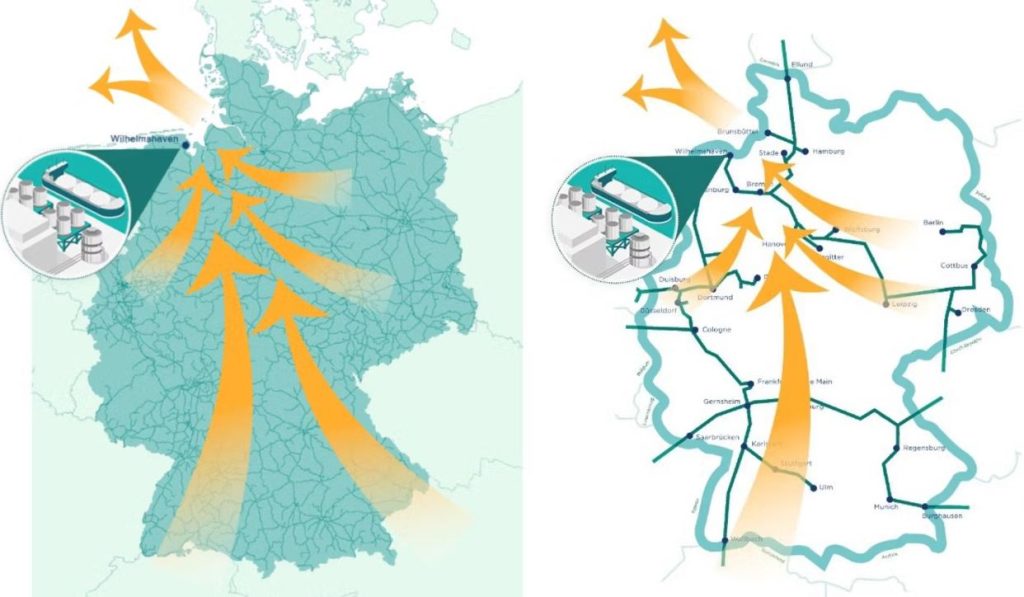Tree Energy Solutions (TES) and engineering consultancy Ramboll have concluded a joint engineering study for a CO₂ export terminal at TES’s Wilhelmshaven Green Energy Hub, aiming to position the North Sea port as a key node in Europe’s carbon logistics.
The project—designed to support both carbon import and export—comes amid mounting demand for scalable CO₂ transport solutions, particularly in Germany, where industrial emitters face rising pressure to decarbonize in line with the country’s Climate Action Law. According to Germany’s 2045 net-zero strategy, an estimated 34–73 million tonnes of CO₂ may need to be captured and stored annually by 2045, highlighting the need for multimodal infrastructure. Wilhelmshaven’s location—Germany’s only deep-water port—offers an operational edge, linking maritime and rail corridors with existing and planned energy backbones.
The completed pre-FEED study evaluates multiple scenarios for CO₂ intake via rail and export via ship. This includes design considerations for a CO₂ receiving terminal, buffer storage systems, boil-off gas (BOG) handling, and integration with a jetty capable of handling specialized CO₂ carriers. At full scale, the facility is projected to manage up to 10 million tonnes of CO₂ per year, with initial throughput targeted between 3 and 5 million tonnes annually.
In practical terms, the infrastructure will allow emitters inland—especially those not yet connected to pipeline networks—to export liquefied CO₂ by rail for storage offshore. The terminal is envisioned as an interim solution until Germany’s CO₂ pipeline system expands. Long-term, Wilhelmshaven could become a junction for pipeline-based exports as well, depending on regulatory developments under the forthcoming German CCUS strategy.
This multimodal design aligns with broader European goals for integrating hydrogen and CO₂ infrastructure. TES’s Wilhelmshaven hub already includes provisions for LNG and e-NG (electric natural gas) imports, with an initial capacity of 15 bcm. It also connects to Germany’s planned H2ercules hydrogen backbone and the national gas grid, creating a layered energy gateway. The addition of carbon logistics enhances the site’s relevance, potentially enabling cross-sector synergies such as using captured CO₂ for synthetic fuels or other industrial applications.
The partnership with Ramboll, which brings experience from other large-scale energy infrastructure projects, is intended to de-risk the technical design phase and set benchmarks for safety, efficiency, and future scalability.
Stay updated on the latest in energy! Follow us on LinkedIn, Facebook, and X for real-time news and insights. Don’t miss out on exclusive interviews and webinars—subscribe to our YouTube channel today! Join our community and be part of the conversation shaping the future of energy.
